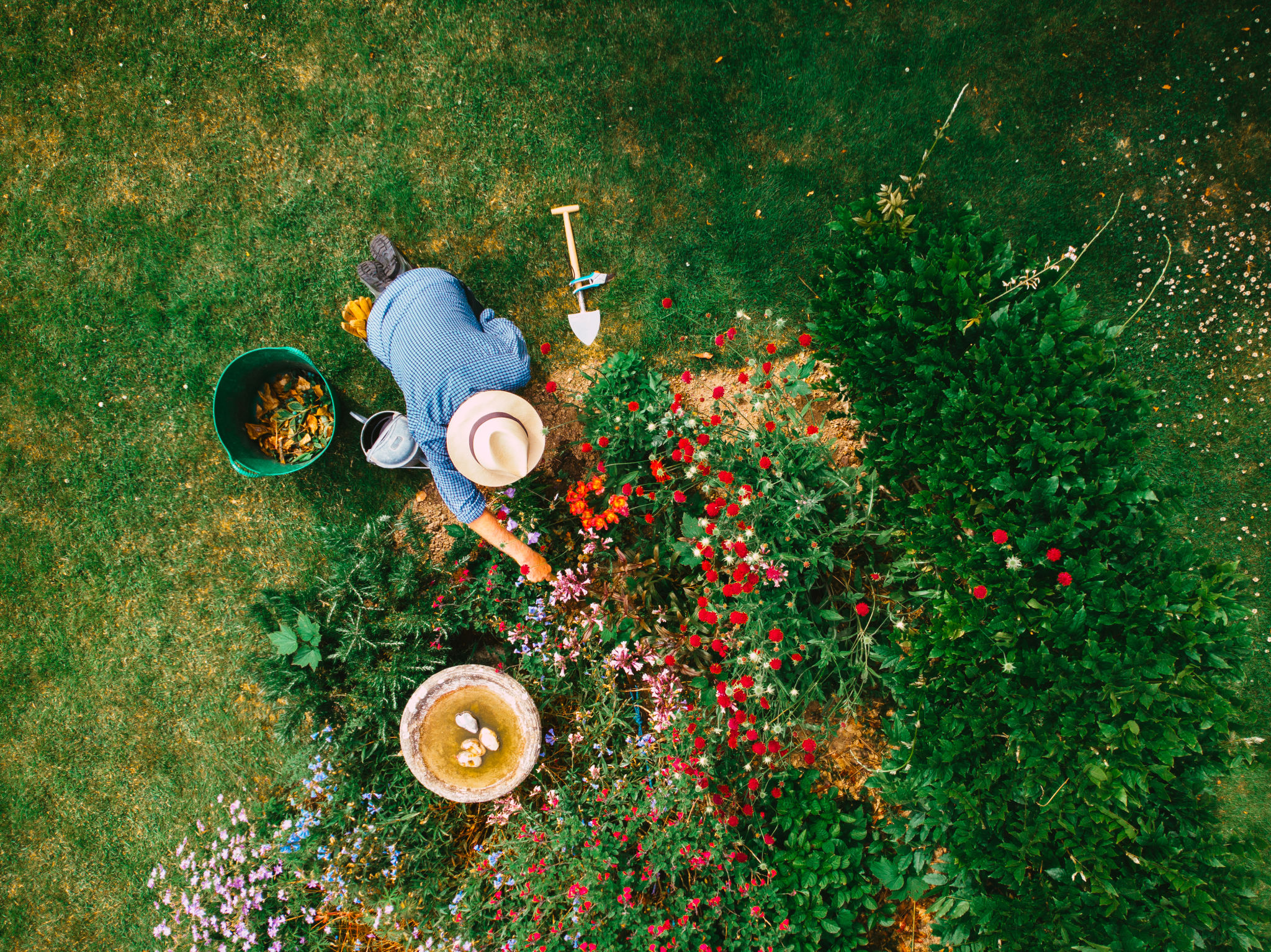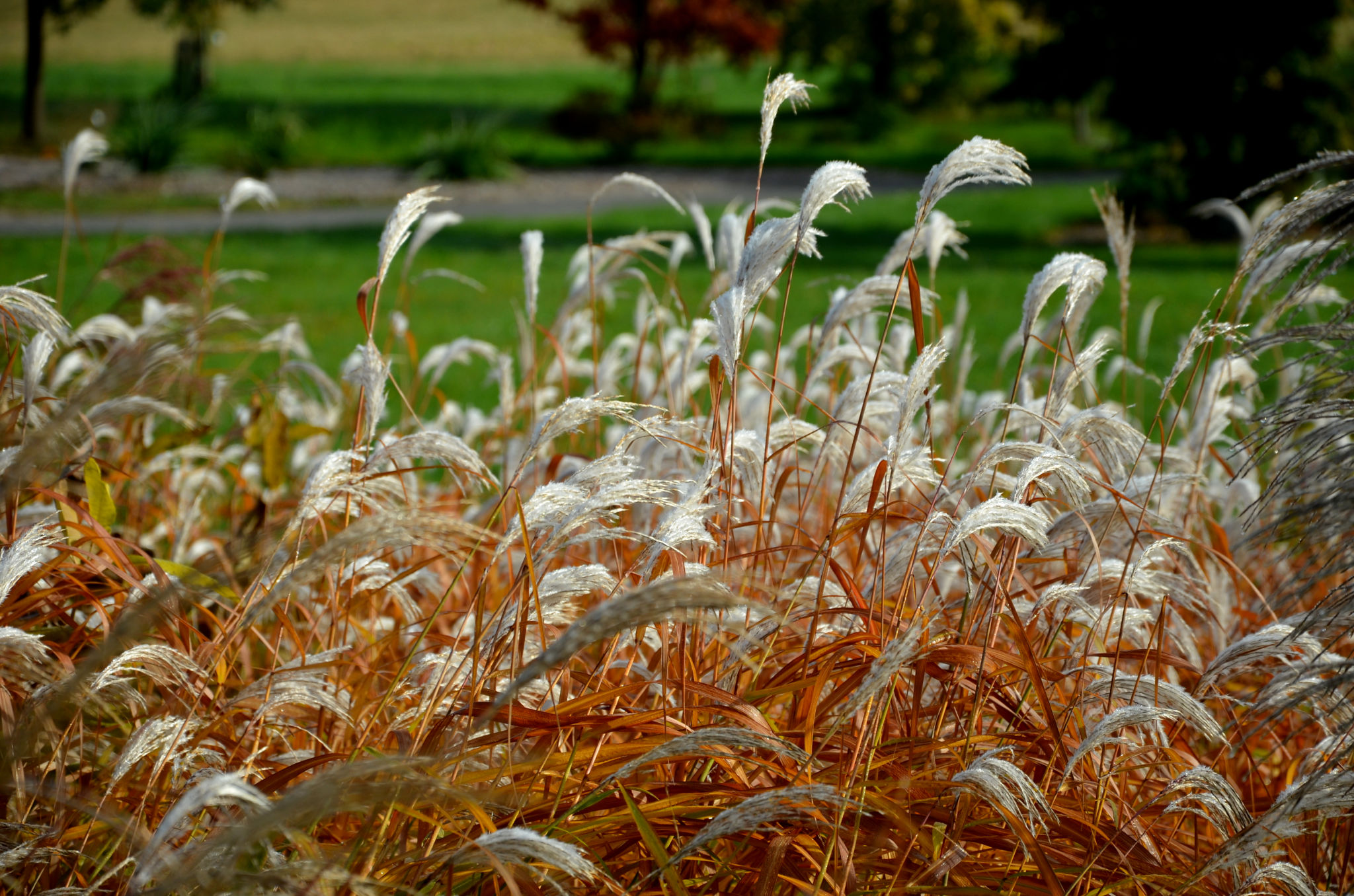Expert Advice on Sustainable Townhome Landscaping Practices
Understanding the Basics of Sustainable Landscaping
Incorporating sustainable practices into townhome landscaping not only helps the environment but also enhances the aesthetic appeal of your property. Sustainable landscaping focuses on conserving resources, reducing waste, and creating a healthy environment for both plants and people. By making thoughtful choices, you can create a beautiful landscape that requires minimal maintenance and supports local ecosystems.

Choosing Native Plants
One of the most effective strategies in sustainable landscaping is the use of native plants. These plants are adapted to the local climate and soil conditions, requiring less water, fertilizer, and pesticides. Native plants also provide essential habitats for local wildlife, supporting biodiversity. When planning your landscape, consider incorporating a variety of native trees, shrubs, and perennials to create a balanced and resilient ecosystem.
Efficient Water Management
Water conservation is a critical component of sustainable landscaping. Implementing efficient irrigation systems, such as drip irrigation or soaker hoses, can significantly reduce water waste. Additionally, harvesting rainwater in barrels or installing permeable pavements can help manage water runoff and reduce dependency on municipal water supplies. Opting for drought-tolerant plant species is another way to minimize water usage.

Soil Health and Composting
Healthy soil is the foundation of any thriving landscape. Regularly testing soil health can guide you in making informed decisions about amendments needed for optimum plant growth. Incorporating compost into your landscaping routine is an excellent way to improve soil structure and fertility. Composting not only enriches the soil with essential nutrients but also reduces yard waste by recycling organic materials.
Innovative Lawn Alternatives
Traditional lawns require extensive resources to maintain, including water, fertilizers, and time. Consider replacing or reducing lawn areas with alternatives like ground covers, ornamental grasses, or wildflower meadows. These options not only conserve resources but also add texture and color to your landscape. If maintaining a lawn is essential, opt for drought-resistant grass species that require less water and maintenance.

Integrating Hardscapes Thoughtfully
Hardscapes such as pathways, patios, and retaining walls enhance the functionality and aesthetics of your landscape. When selecting materials, consider using recycled or locally sourced products to reduce environmental impact. Permeable materials, such as gravel or permeable pavers, allow water to infiltrate the ground, helping to manage stormwater runoff effectively.
Creating Wildlife-Friendly Spaces
Sustainable landscaping practices can transform your townhome's outdoor space into a haven for local wildlife. Incorporating elements like birdhouses, bee hotels, and butterfly gardens supports pollinators and other beneficial species. Providing a diverse range of plants ensures food sources and habitats for various creatures throughout the year. By fostering a wildlife-friendly environment, you contribute to the preservation of local ecosystems.

Maintenance with Minimal Impact
Sustainable landscaping extends beyond design; it encompasses how you maintain your outdoor space. Using electric or manual gardening tools reduces emissions compared to gas-powered tools. Opt for organic fertilizers and pest control methods to reduce chemical use. Regularly mulching garden beds can suppress weeds naturally while retaining soil moisture.
By following these expert tips on sustainable townhome landscaping practices, you can create an environmentally friendly outdoor space that is both beautiful and easy to maintain. Embracing these practices not only benefits your immediate surroundings but also contributes positively to the broader environment.